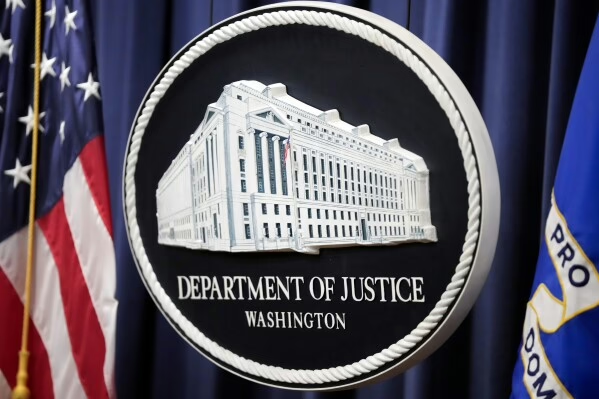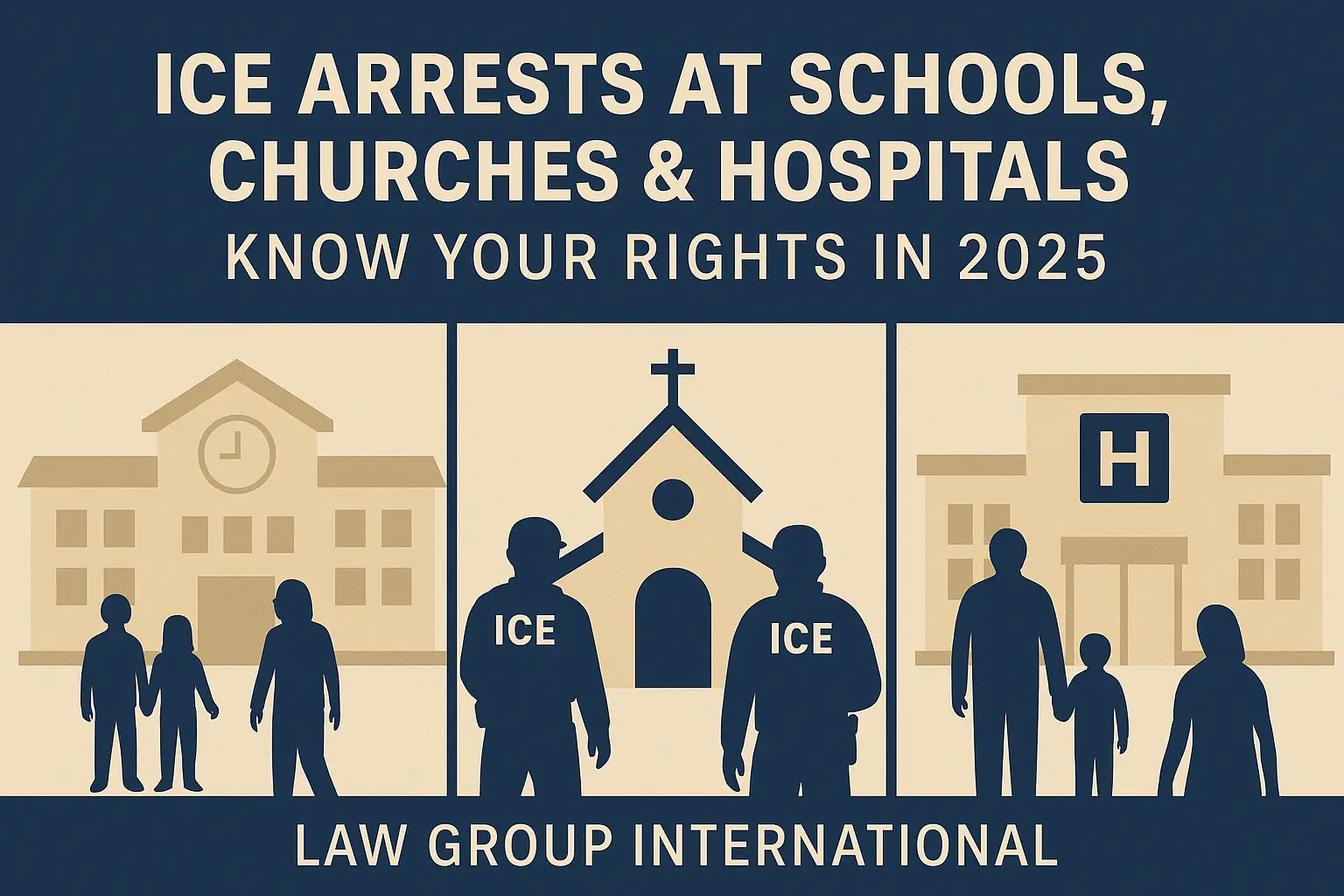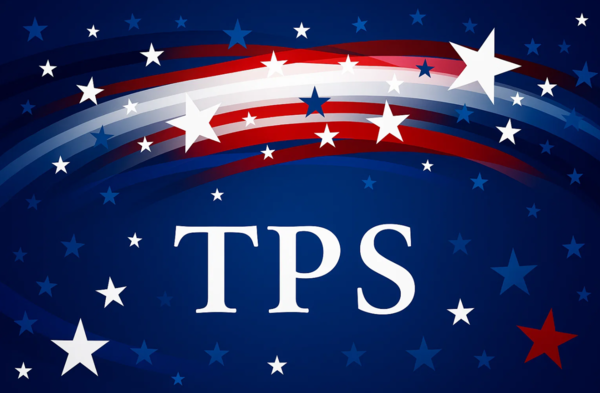Jurisdictional challenges in U.S. Immigration Law under President Donald Trump’s Administration
The enforcement of immigration law in the United States has long been a subject of legal debate, but under President Donald Trump’s administration, jurisdictional conflicts between federal, state, and local governments became more pronounced than ever. The tension between federal immigration policies and state-level resistance led to legal battles that reshaped the landscape of U.S. immigration law.
From sanctuary city policies to federal vs. state enforcement disputes, these jurisdictional challenges have had profound implications for immigrants, advocacy groups, and law enforcement agencies. In this article, we explore the key conflicts, legal cases, and the broader impact on immigrant communities.
For a broader look at how Trump’s immigration policies affected noncitizens, read our related article: Trump’s Immigration Executive Orders: What They Mean for You.

Federal Immigration Policies under the Trump Administration
Executive Orders and policy changes
One of the most controversial aspects of Trump’s immigration agenda was the use of executive orders to reshape federal immigration enforcement policies. Key measures included:
- Enhanced Immigration Enforcement: The administration expanded deportation priorities to include a wider range of undocumented immigrants, not just those with criminal records (ProPublica).
- Restrictions on Asylum and Refugees: Several executive orders sought to limit asylum eligibility, including policies that forced asylum seekers to wait in Mexico while their claims were processed (Jackson Walker LLP).
- Expanded Expedited Removal: The administration broadened the use of expedited removal, allowing immigration officers to deport individuals without a hearing before an immigration judge if they could not prove they had been in the U.S. for more than two years (Associated Press).
Declaration of National Emergency and the Border Wall
In 2019, Trump declared a national emergency to justify reallocating funds for border wall construction, bypassing congressional approval. This move faced significant legal opposition, with lawsuits arguing that the emergency declaration was unconstitutional (The Guardian).
State and Local Responses to Federal Policies
Sanctuary Jurisdictions and their role
One of the most contentious jurisdictional challenges involved sanctuary cities and states—jurisdictions that limit local law enforcement cooperation with federal immigration authorities.
Examples of Sanctuary Policies
- California: Passed laws prohibiting local agencies from using resources to assist federal immigration enforcement.
- New York City: Restricted information-sharing between local law enforcement and ICE.
- Massachusetts: Implemented policies preventing state courts from holding immigrants for ICE detainers (State Court Report).
Legal Resistance to Federal Directives
Several state governments and advocacy groups challenged the federal government’s attempts to penalize sanctuary jurisdictions:
- Federal Lawsuits Against Sanctuary Cities: The Trump administration sought to cut federal funding to sanctuary cities, but multiple courts ruled that such penalties were unconstitutional.
- State Lawsuits Against Federal Policies: California, among other states, sued the Trump administration over attempts to override state immigration policies, arguing that immigration enforcement is a shared responsibility (The Guardian).
Case studies of jurisdictional conflicts
California’s legal battles against Federal Immigration Policies
California led multiple lawsuits against the Trump administration, particularly over:
- SB 54 (California Values Act): A state law that restricted local law enforcement cooperation with ICE. The federal government sued, arguing it interfered with federal authority, but courts largely upheld California’s policies.
- Federal Detainer Policies: California courts ruled that local police could not detain individuals solely for immigration violations, further straining federal-state relations.
Massachusetts and judicial resistance to ICE Enforcement
In Massachusetts, state courts ruled that state law enforcement officers lacked the authority to detain individuals solely for immigration violations. This decision conflicted with ICE’s enforcement priorities, prompting federal pushback and further jurisdictional clashes.
Impact on immigrant communities
Fear and uncertainty
The conflicting policies between federal and state governments created significant confusion and fear among immigrant communities, particularly in sanctuary cities where federal enforcement efforts often clashed with local protections.
- Public Services Access: Many immigrants avoided seeking medical care, reporting crimes, or enrolling their children in school due to fear of deportation.
- Legal Uncertainty: The back-and-forth legal battles meant that immigration policies frequently changed, making it difficult for noncitizens to understand their rights.
Community and legal support
Despite these challenges, immigrant advocacy groups and legal organizations provided support through:
- “Know Your Rights” training to help immigrants understand legal protections.
- Legal representation for immigrants facing deportation in sanctuary jurisdictions.
- Policy advocacy efforts to challenge restrictive federal measures.
Legal precedents and future implications
Supreme Court decisions on immigration jurisdiction
The Trump administration’s immigration policies led to several landmark Supreme Court cases, including:
- Trump v. California: The Supreme Court upheld states’ rights to limit local cooperation with federal immigration enforcement.
- DHS v. Regents of the University of California: This ruling blocked the Trump administration’s attempt to end the DACA program, reinforcing legal protections for Dreamers.
Long-term effects on immigration policy
The tug-of-war between federal and state immigration policies is likely to continue under future administrations. These legal battles have set important precedents for how states can resist federal enforcement and how courts interpret immigration jurisdiction.
How Law Group International can assist
At Law Group International, we have extensive experience navigating complex jurisdictional conflicts and protecting the rights of immigrants affected by federal and state immigration policies.
Our legal services
- Legal Representation – We defend immigrants facing deportation due to federal-state enforcement disputes.
- Jurisdictional Legal Advice – We provide counsel on how state and federal laws impact your immigration case.
- Support for Advocacy and Policy Challenges – We assist organizations in challenging unjust immigration policies in court.
Contact information
For immediate legal assistance, contact Law Group International today:
-
Phone: +1 703-549-5445
-
Email: [email protected]
-
Website: https://lgilawyers.com/
Frequently Asked Questions about Jurisdictional challenges in U.S. Immigration Law
Do state sanctuary laws override federal immigration laws?
No, but courts have ruled that states do not have to enforce federal immigration policies if they choose not to.
Can the federal government withhold funding from sanctuary cities?
Federal courts have ruled that the Trump administration’s attempts to withhold funding from sanctuary cities were unconstitutional.
How do jurisdictional conflicts affect my immigration case?
The state you live in and its policies on immigration enforcement can affect your risk of deportation and access to legal protections.
The Trump administration’s jurisdictional conflicts over immigration law had lasting effects on how immigration policies are enforced at the federal and state levels. As these legal battles continue to shape immigration policy, understanding your rights and legal options is essential.
At Law Group International, we are committed to helping immigrants navigate these complex legal challenges. If you or a loved one is facing immigration-related legal issues, contact us today for expert legal guidance.
Explore More Immigration Topics
Birthright Citizenship and Executive Orders
May 5, 2025
Immigration Crackdown 2025
April 5, 2025
How to Navigate Trump’s Expanded Expedited Removal Process
February 23, 2025










